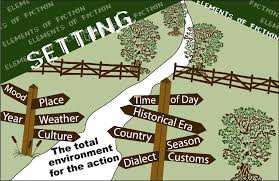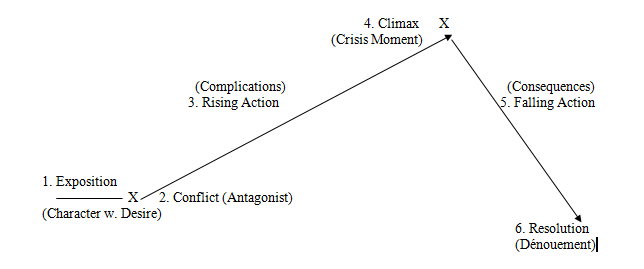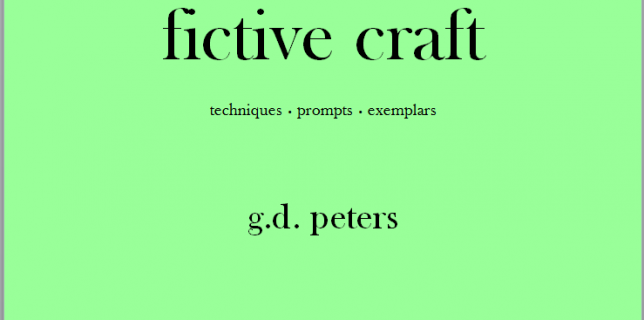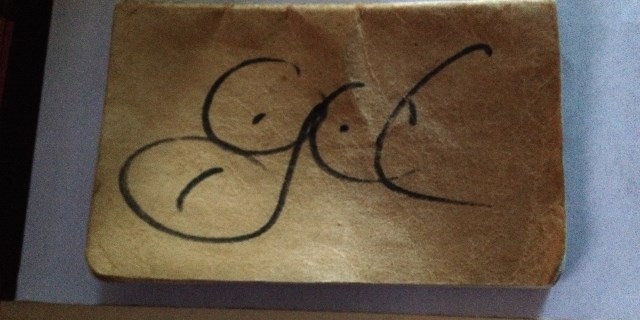SETTING STORIES
In the exemplary stories that follow, the setting takes over the narrative, almost as if it is a character in the story. In Jack London’s “To Build a Fire,” the setting actually is a character in the story, and is, in fact, the antagonist of the story. And Hemingway’s “A Clean, Well-Lighted Place” is actually about the setting. As you Continue reading SETTING STORIES




